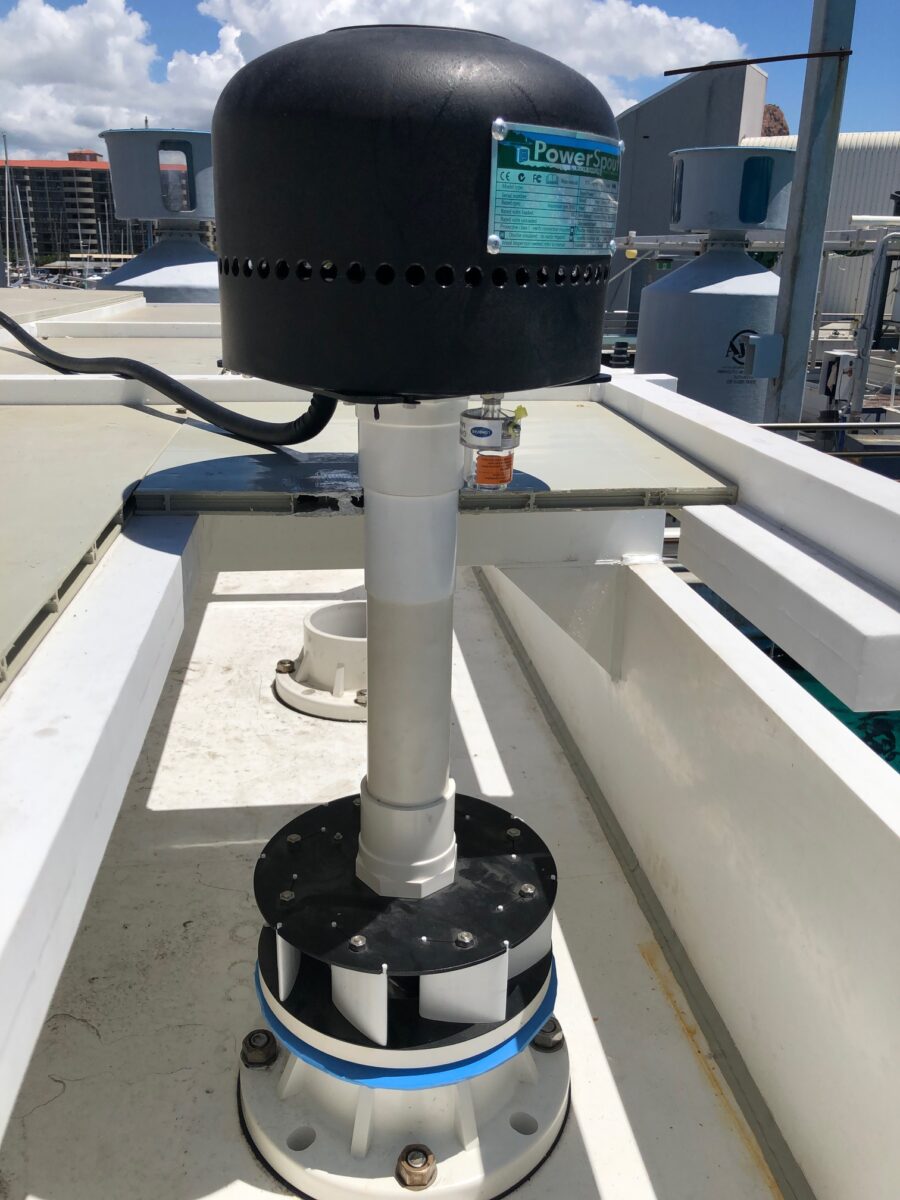A group of scientists in Australia has proposed to use a propeller pico-hydropower turbine to recover the energy used for pumping water in commercial buildings through a filtration system.
Pico-hydro systems are all-hydropower systems with a capacity of less than 5 kW and are commonly used as a cheap and easy-to-deploy source of power in the world’s most inaccessible places.
“Our system was designed to run continuously with the pumping system but it was also synchronized with a PV system, as both the PV and the pico-hydro feed into the building's electrical distribution boards,” the research's corresponding author, Sascha Thyer told pv magazine. “Via a switchboard, they were connected to a power control system which could shed load and generation as required. The advantage of this situation is that the PV generates only during the day and the pico-hydro generates continuously, so it could provide a bit of peak load shaving at night time.”
In the paper “Energy recovery in a commercial building using pico-hydropower turbines: An Australian case study,” published in Heliyon, the research group explained that the system was tested in a public aquarium building equipped with a 260 kW PV system originally planned to operate under Australia's feed-in tariff program, a 20 kL thermal energy storage tank, a phase change material (PCM) thermal storage system, and a 90 kWh electrical battery storage system.

Image: Central Queensland University
The building also uses a filtration system relying on a pumping system that uses seawater. “Since water was returning via gravity to the system, the possibility of recovering surplus energy was identified,” said the scientists.
Popular content
A power management system was used to carry out peak-shaving, load-shifting and other unspecified energy management algorithms. The team explained that the new PV system configuration does not export any power to the grid, and that the generated electricity is all used at the site.
For the microgrid system, the researchers used a propeller-type turbine, known as PowerSpout LH, which is designed to be completely submerged in water. “The design of the filtration system was adjusted to suit the installation of the pico-hydropower unit, to maximize the available head, support the generators, protect from the harsh tropical environment, and enable safe operation of the equipment,” they stated.
The research group found that the pico hydropower system was able to recover approximately 10% of the energy used for pumping seawater. At a 2.3 m head site and 90 L/s flow, its continuous power output was found to be between 1.04 kW and 1.124 kW and the recovered energy should amount to 9,846 kWh annually. “This is a modest amount of energy, but equivalent to the use of an average Australian household, and an important measure in a suite of measures to reduce energy use of the building overall,” it stressed.
The scientists said the project was economically viable with financial and non-financial benefits for the life cycle of the product. “Considering only electricity cost, the payback time is estimated at 8–10 years for this case,” they concluded. “Considering indirect financial and non-financial benefits the payback time is likely to be significantly less.”
This content is protected by copyright and may not be reused. If you want to cooperate with us and would like to reuse some of our content, please contact: editors@pv-magazine.com.



1 comment
By submitting this form you agree to pv magazine using your data for the purposes of publishing your comment.
Your personal data will only be disclosed or otherwise transmitted to third parties for the purposes of spam filtering or if this is necessary for technical maintenance of the website. Any other transfer to third parties will not take place unless this is justified on the basis of applicable data protection regulations or if pv magazine is legally obliged to do so.
You may revoke this consent at any time with effect for the future, in which case your personal data will be deleted immediately. Otherwise, your data will be deleted if pv magazine has processed your request or the purpose of data storage is fulfilled.
Further information on data privacy can be found in our Data Protection Policy.